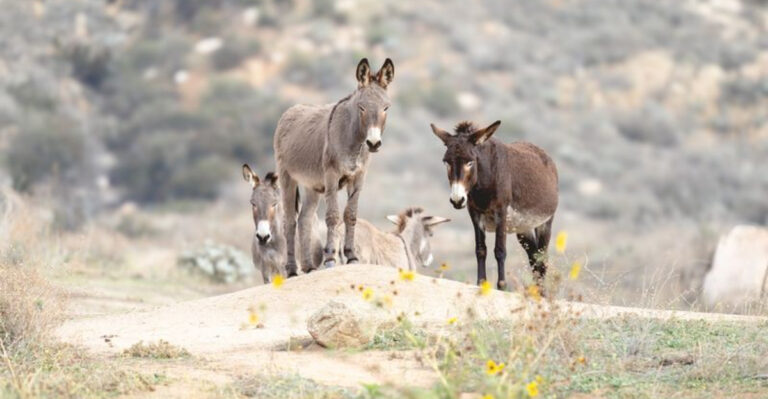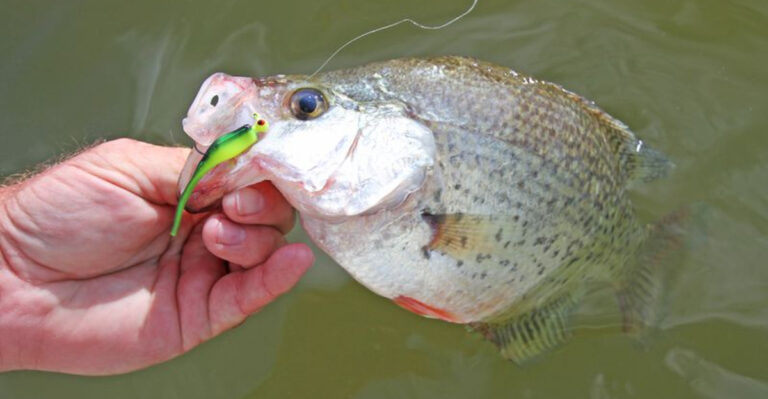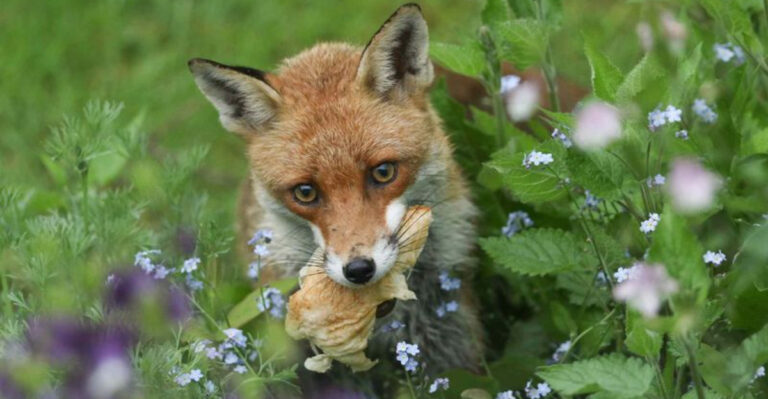14 Ways Turtles Contribute To River Health And Why They Need Our Protection
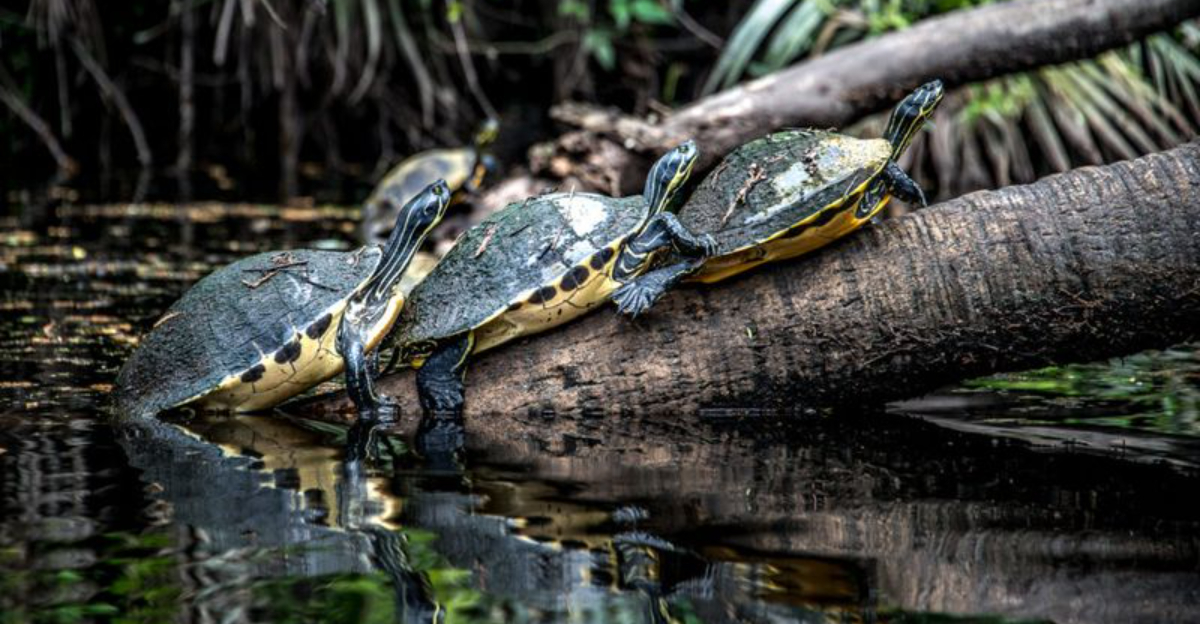
Turtles are remarkable creatures that play vital roles in our river ecosystems. These ancient reptiles have survived for millions of years, quietly maintaining the health of our waterways through their daily activities.
However, many turtle species now face serious threats from habitat loss, pollution, and climate change.
Understanding how turtles contribute to river health isn’t just fascinating – it’s essential knowledge if we want to protect these incredible animals and the freshwater environments they help sustain.
1. Nature’s Cleanup Crew
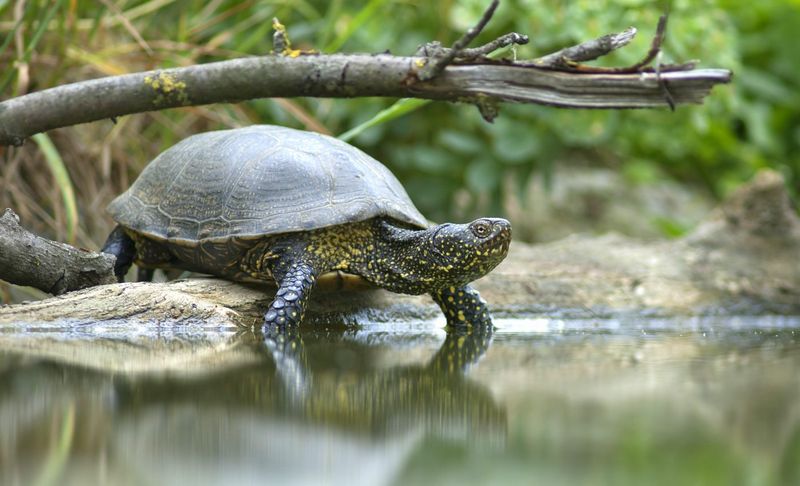
Turtles function as nature’s sanitation workers by consuming dead fish and other decaying organic matter that would otherwise pollute rivers. Their scavenging behavior prevents harmful bacteria buildup and reduces disease transmission among aquatic species.
River turtles don’t discriminate when it comes to their cleanup duties. They’ll tackle everything from algae to carrion, maintaining water clarity and quality. This natural waste management system has operated efficiently for millions of years.
Without these shelled janitors, rivers would become clogged with decomposing matter, leading to oxygen depletion and potential fish kills – a domino effect that impacts the entire ecosystem.
2. Seed Dispersal Specialists
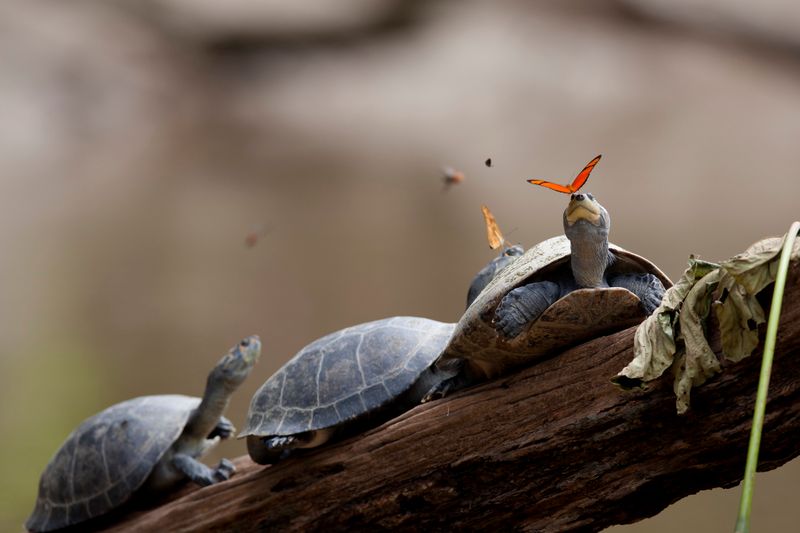
Many turtles consume fruits and berries that fall into rivers from overhanging vegetation. As they travel, seeds pass through their digestive systems and are deposited in new locations, often with a natural fertilizer boost from turtle droppings.
This seed dispersal helps maintain diverse plant life along riverbanks and creates habitat corridors for other wildlife. Some plant species have even evolved to depend on turtle digestion to improve germination rates!
A single river turtle might transport hundreds of viable seeds during its seasonal movements, effectively planting trees and shrubs that will stabilize banks and provide shade for decades to come.
3. Algae Population Controllers
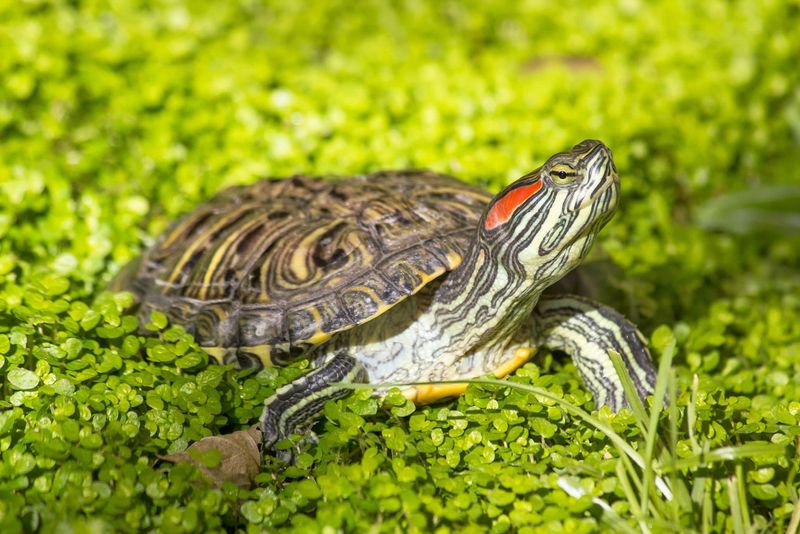
Freshwater turtles keep algae growth in check through their grazing habits. Species like the red-eared slider consume significant amounts of algae as part of their diet, preventing excessive blooms that can deplete oxygen levels and harm other aquatic life.
Their constant nibbling maintains the delicate balance of algae populations needed for healthy river systems. When turtle numbers decline, rivers often experience problematic algal overgrowth.
Consider them nature’s lawnmowers – methodically maintaining the underwater landscape so that light can penetrate to deeper waters and aquatic plants can thrive alongside the algae, rather than being smothered by it.
4. Bioturbation Engineers
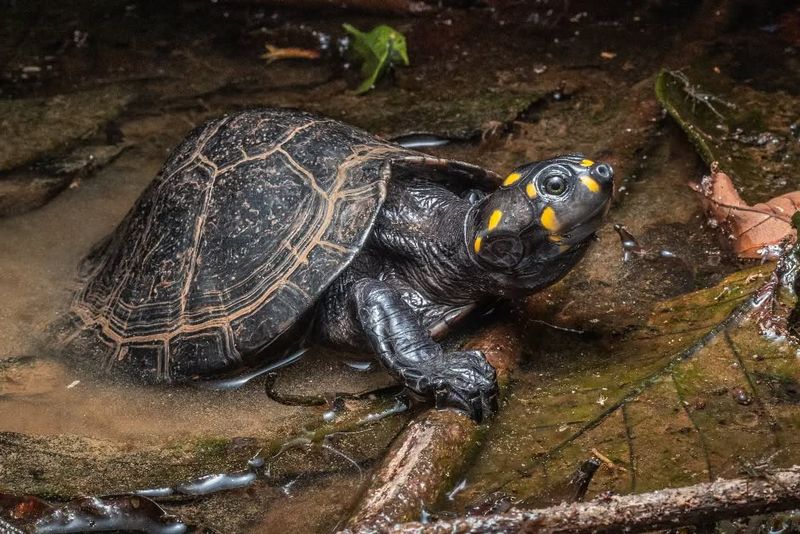
When turtles dig into riverbed sediments searching for food or creating nesting sites, they perform a vital ecological service called bioturbation. This digging action mixes nutrients and oxygen into otherwise stagnant sediment layers.
The churning effect prevents harmful anaerobic conditions from developing in river bottoms. It’s similar to how earthworms aerate soil in your garden, but underwater!
Bioturbation also releases trapped nutrients back into the water column, making them available to other organisms. This nutrient cycling helps maintain the productivity of the entire river ecosystem, supporting everything from microscopic plankton to large fish.
5. Predator-Prey Balance Keepers
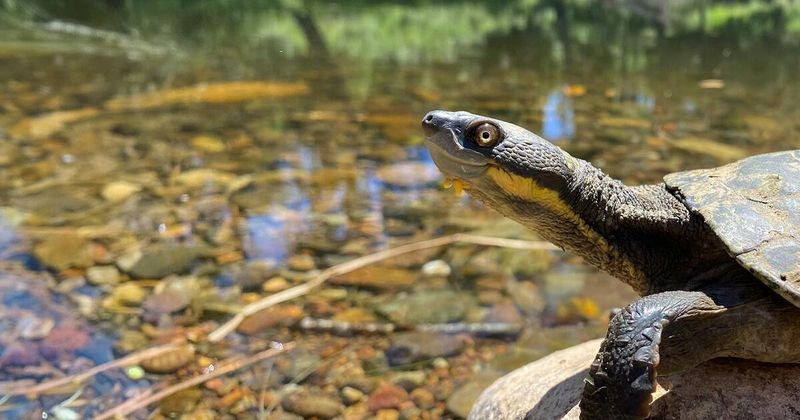
Young turtles serve as prey for larger river predators like herons, raccoons, and fish, while adult turtles prey on smaller creatures. This dual role helps regulate population levels throughout the food web.
As mid-level predators, many turtle species control insect and snail populations that might otherwise experience boom-and-bust cycles. Their steady consumption maintains equilibrium in these smaller species.
Even turtle eggs play a role in this balance. Though many are lost to predators, this protein-rich food source supports numerous shoreline and riparian species, creating a transfer of nutrients from aquatic to terrestrial environments.
6. Parasite Control Specialists
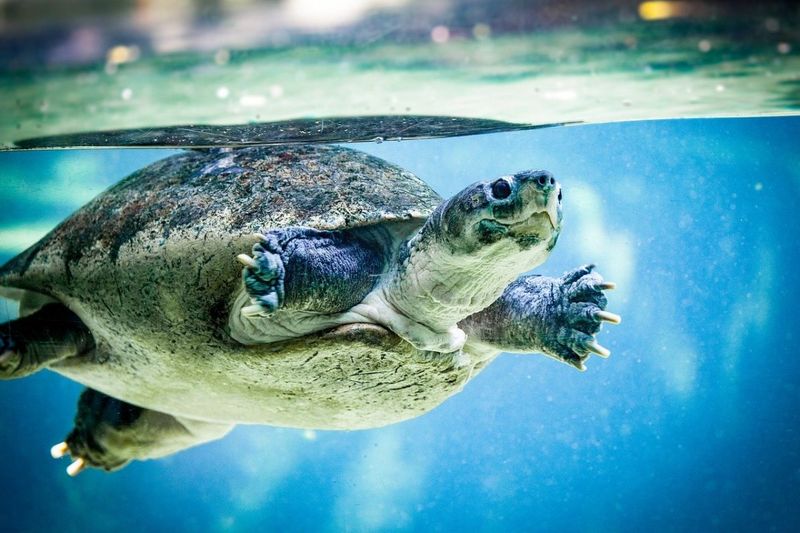
Many turtle species host specialized leeches and other parasites that might otherwise attach to fish or mammals. By serving as preferred hosts, turtles reduce parasite loads on other river creatures.
Some turtles even engage in cleaning behaviors with fish. They’ll consume parasites directly off fish scales during remarkable underwater partnerships that benefit both species.
This natural parasite management helps maintain healthier fish populations and reduces disease transmission throughout river systems. When turtle populations decline, scientists often observe corresponding increases in parasite loads among other aquatic species – a subtle but important ecological shift.
7. Riverbank Architects
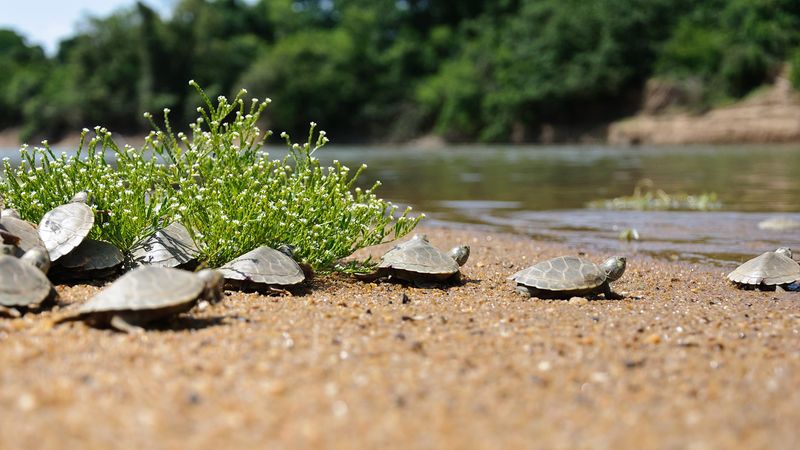
Female turtles create important microhabitats when they dig nests along riverbanks. These digging activities loosen compacted soil, allowing better water infiltration and creating germination sites for plants.
The disturbed soil patches become prime real estate for pioneer plant species that help prevent erosion. Over time, these plants develop root systems that further stabilize the riverbank.
Abandoned nest chambers also provide ready-made homes for small mammals, amphibians, and invertebrates. This architectural work creates a patchwork of diverse habitats along river edges – zones of transition that support unique combinations of species and ecological processes.
8. Water Quality Indicators
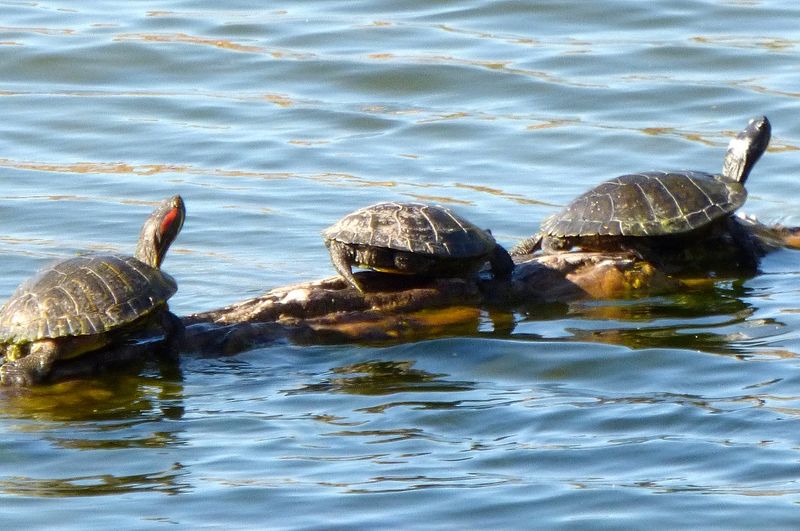
Scientists consider turtles excellent bioindicators – their presence and health reflect overall river ecosystem conditions. Because turtles are long-lived and occupy specific ecological niches, changes in their populations signal environmental problems.
Their shells and tissues absorb and accumulate environmental contaminants over time. Researchers can sample turtle tissues to monitor pollution levels without harming the animals.
When turtle populations thrive with multiple age groups present, it generally indicates a healthy, functioning river system. Conversely, declining turtle numbers or reproductive problems often serve as early warning signs of pollution, habitat degradation, or other environmental stressors affecting the entire ecosystem.
9. Nutrient Cycling Facilitators
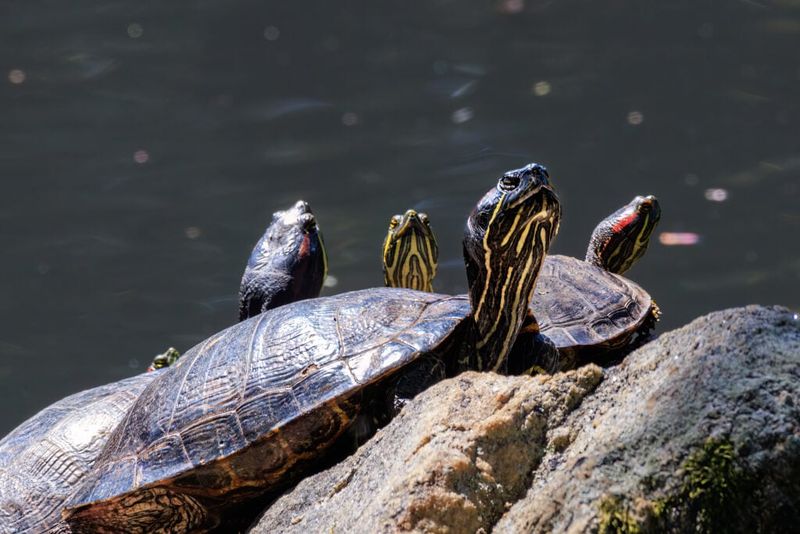
Turtles transport nutrients between different parts of river ecosystems as they move between feeding and basking areas. They consume plants and animals in one location, then excrete nutrient-rich waste in another.
This movement creates important nutrient pathways between aquatic and terrestrial environments. When turtles bask on logs or rocks, their droppings fertilize these surfaces, supporting microorganisms and algae.
The shells of deceased turtles also release calcium and other minerals back into the ecosystem slowly over time. This nutrient cycling helps maintain the chemical balance necessary for healthy river function and supports the growth of everything from microscopic algae to riverside vegetation.
10. Underwater Habitat Shapers
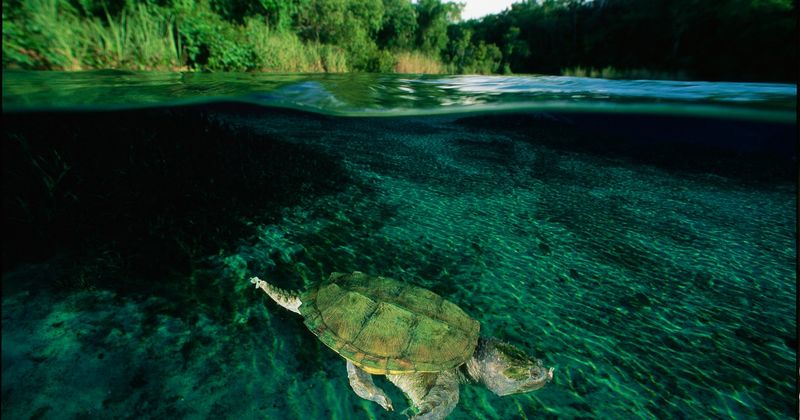
Larger turtle species physically modify underwater environments by creating depressions and clearing vegetation as they move along river bottoms. These cleared pathways become travel routes for fish and other aquatic creatures.
Snapping turtles in particular can reshape underwater topography through their digging and foraging behaviors. The resulting mosaic of microhabitats increases the river’s biological diversity.
During winter, some turtle species burrow into mud, creating hibernation chambers that may later be used by other animals. These habitat modifications increase the structural complexity of river bottoms – a key factor in supporting diverse aquatic communities.
11. Aquatic Vegetation Managers
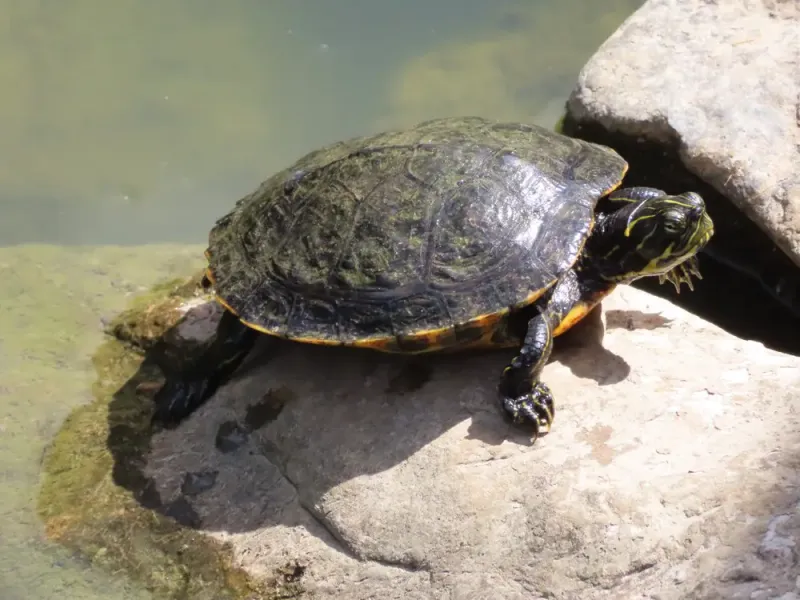
Herbivorous turtles like the river cooter selectively graze on aquatic plants, preventing any single species from dominating. This selective pressure promotes plant diversity and maintains open water passages necessary for fish movement.
Their grazing patterns create a patchwork of vegetation at different growth stages. Some areas are heavily grazed while others remain untouched, creating diverse microhabitats that support various aquatic creatures.
Without this natural management, certain aggressive plant species would overgrow waterways, reducing oxygen levels and limiting movement for other species. Turtle grazing helps maintain the perfect balance between open water and vegetated areas that healthy rivers need.
12. Keystone Species Roles
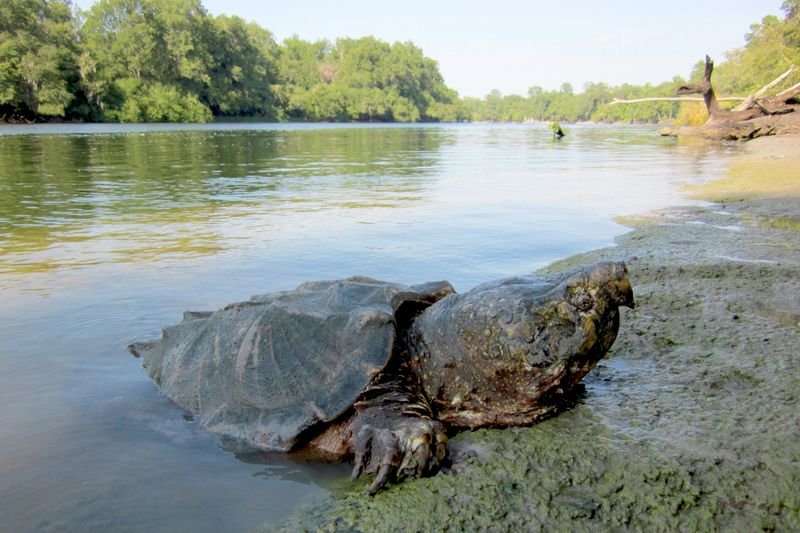
Some turtle species function as keystone species – their influence on river ecosystems is disproportionately large compared to their abundance. Remove these turtles, and the entire ecological community shifts dramatically.
Alligator snapping turtles, for example, use a worm-like lure on their tongues to attract fish. This specialized predation helps control fish populations that might otherwise overgraze certain resources.
The presence of healthy turtle populations indicates intact ecological relationships. They represent living connections to ancient ecological processes, maintaining interactions that have evolved over millions of years and that modern rivers depend upon for proper functioning.
13. Climate Change Buffers

Turtles help river ecosystems resist and recover from climate change impacts. Their bioturbation and grazing activities can reduce the severity of harmful algal blooms that increase with warmer temperatures.
Many turtle species can tolerate temperature fluctuations and temporary habitat changes, providing stability during environmental shifts. Their continued ecological functions help maintain river resilience even as conditions change.
Long-lived turtles also serve as biological reservoirs of genetic diversity. This genetic storehouse represents evolutionary adaptations to past climate changes that may prove crucial for species adaptation to future environmental conditions.
14. Cultural And Educational Icons

Turtles hold significant cultural value for many communities living alongside rivers. Their presence inspires conservation efforts and environmental education programs that benefit entire watersheds.
Children who learn about and observe river turtles often develop stronger connections to natural environments. These early experiences frequently translate into lifelong environmental stewardship and conservation support.
Many indigenous cultures consider turtles sacred beings that embody wisdom about living in harmony with river systems. These cultural perspectives offer valuable insights for modern conservation approaches that recognize the interconnected nature of humans and river ecosystems.

